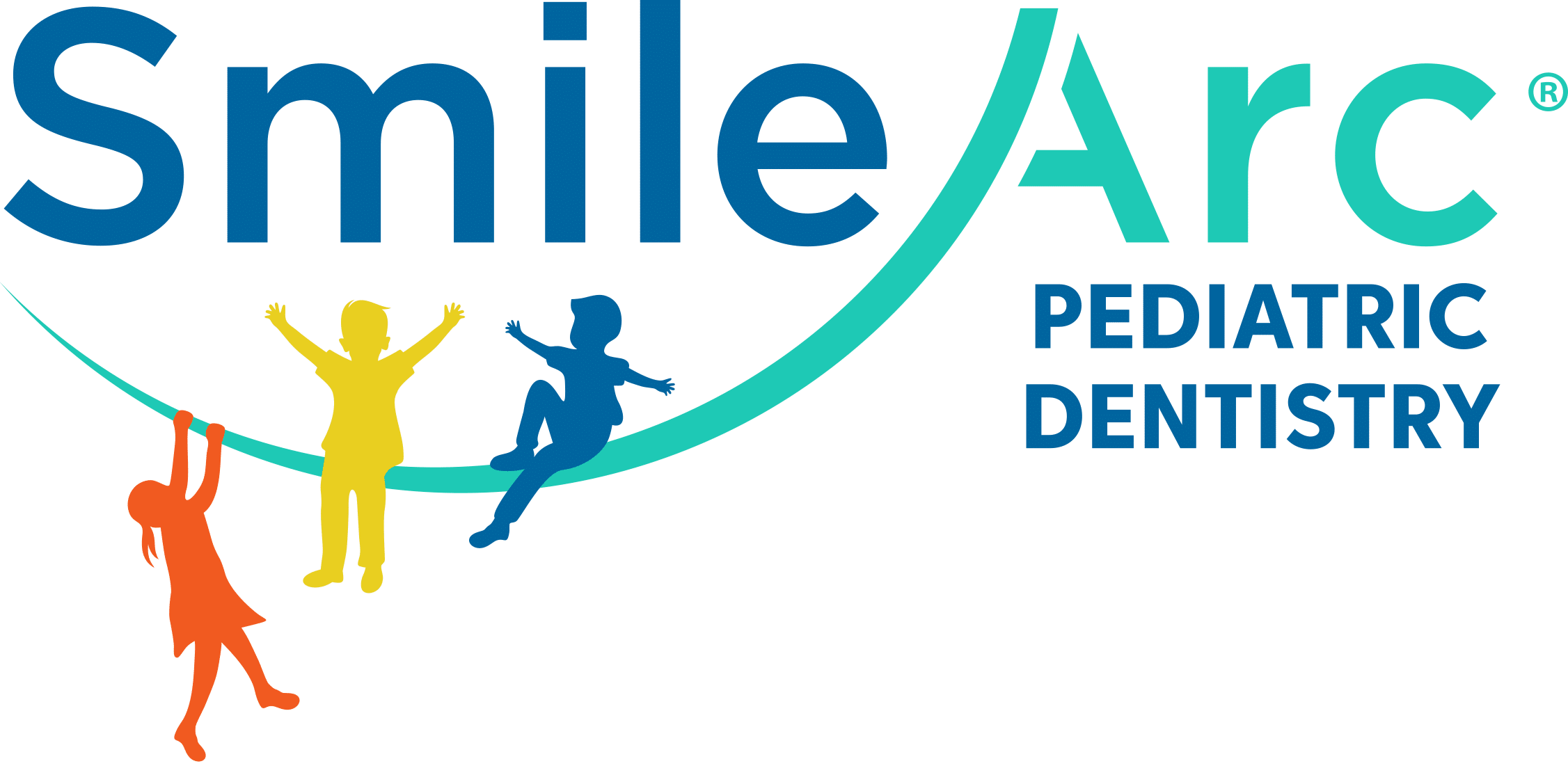What is the Kid Orthodontic Screening?
The Kid Orthodontic Screening is designed for children who are not yet ready for treatment and have been placed on recall. This allows us to monitor the eruptive pattern of the permanent teeth and the growth of the jaws. We can address harmful oral habits like thumb-sucking early on. In some cases, poor eruption patterns of permanent teeth may be improved with early removal of baby teeth, potentially reducing the time needed for braces. We can also plan for future needs related to any missing permanent teeth.
We will notify your pediatric dentist of any recommendations made during your visit. Typically, we see patients on recall every 6-9 months to observe their progress as they grow. This offering is provided at no additional cost and helps Dr. Nikki Shafiei, Dr. Chelsea Hope, and Dr. Sabrina Chandra determine the ideal time to begin treatment for the best possible result for your child.
For the kids, the Kid Orthodontic Screening is FUN! We have games and contests to keep these appointments engaging and enjoyable, making children excited to attend.




